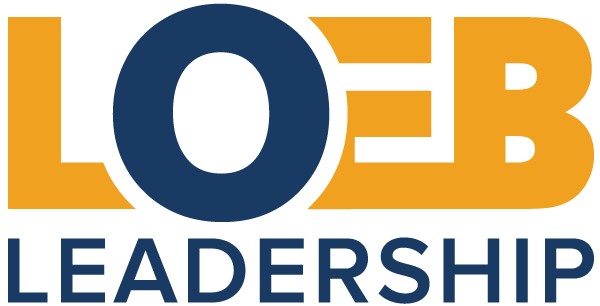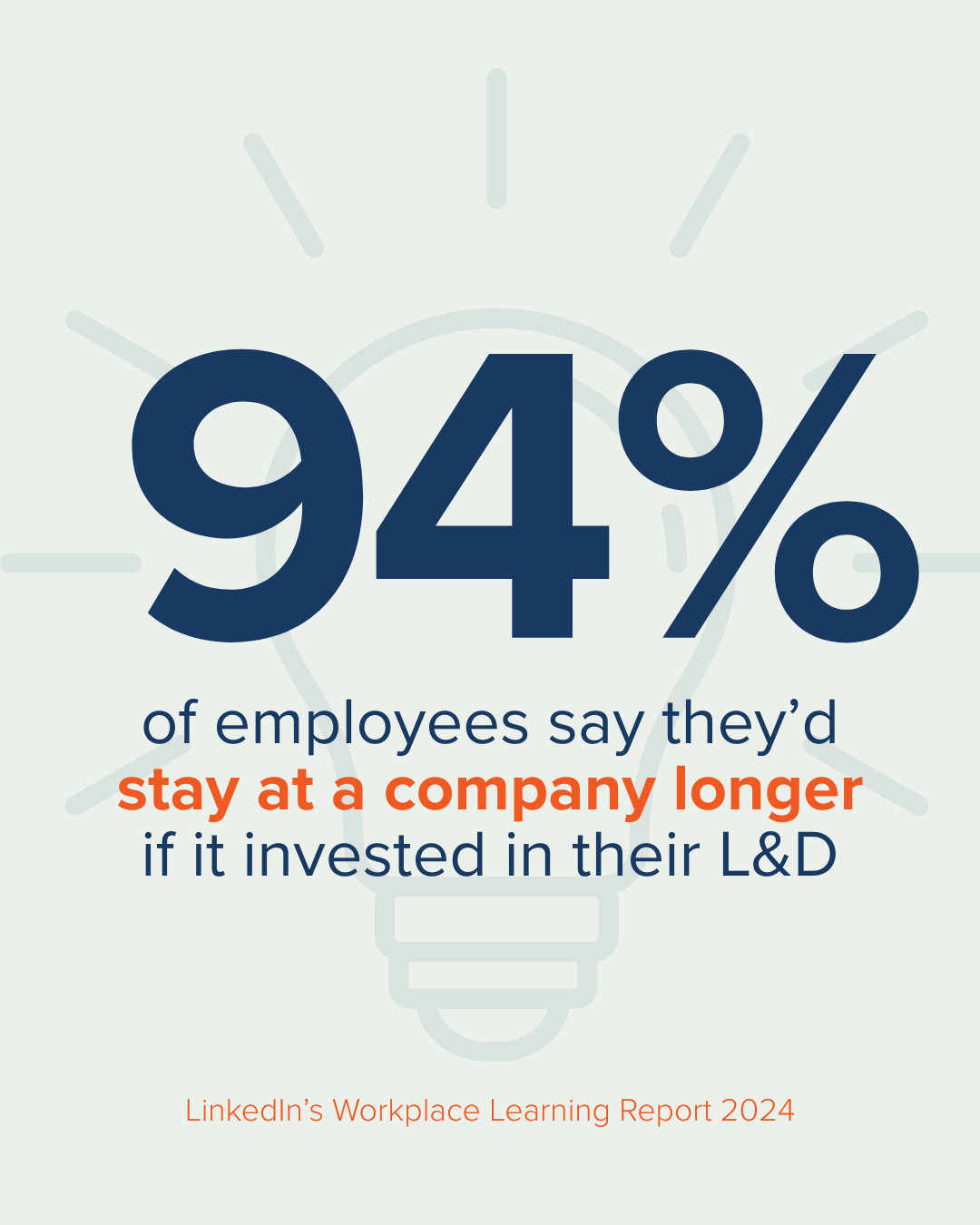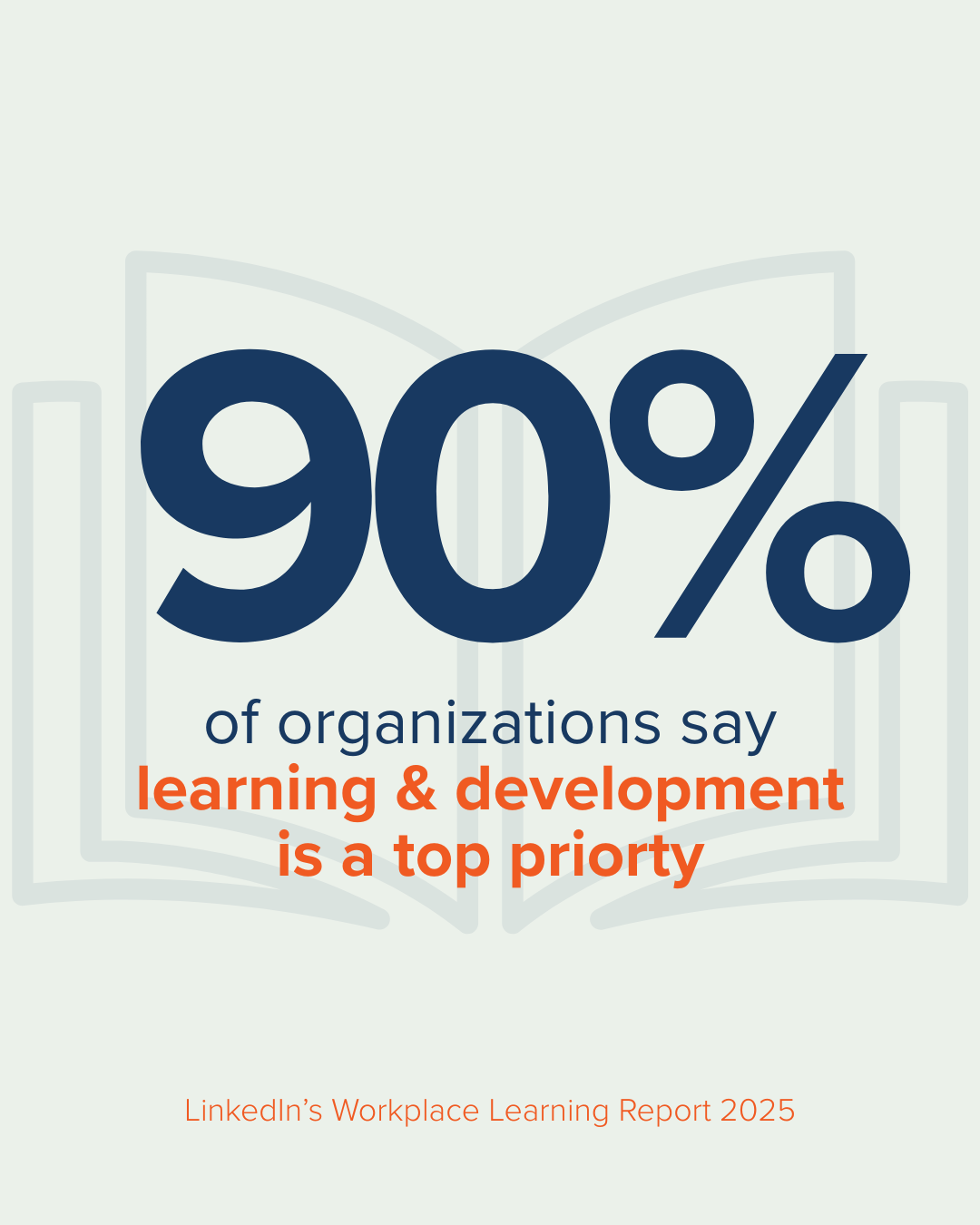Creating a Culture of Continuous Learning in a Fast‑Moving World
The world of work is rapidly changing and the most successful organizations share a critical trait: they never stop learning. Disruption is constant—whether from technological advancements, shifting client expectations, or evolving workplace norms. To keep up, workplace development can’t be a once-a-year event—it must be woven into the fabric of daily life.
Organizations that embrace learning & development (L&D) as part of their cultural DNA are more agile, innovative, and attractive to ambitious talent. At Loeb Leadership, we’ve partnered with legal firms, healthcare networks, and public-sector teams to help them shift from reactive training to proactive learning cultures anchored in leadership commitment and systems.
Let’s dive into what it takes to build a culture of continuous learning—and why it’s essential for sustained success.
Why Learning Cultures Drive Sustainable Success
A continuous learning culture means people are actively encouraged and equipped to learn, grow, and share knowledge as a core part of their work. It's not just formal training. It’s peer coaching, real-time feedback, and leadership modeling.
Organizations that prioritize learning & development:
Adapt more quickly to change
Foster innovation and creativity
Retain high performers who value growth
Build stronger leadership pipelines
Cultivate trust and resilience
According to LinkedIn’s Workplace Learning Report 2024, 94% of employees say they’d stay at a company longer if it invested in their L&D, and 84% add that “learning adds purpose to my work.”
What Continuous Learning & Development Looks Like in Practice
Organizations with strong learning cultures don’t treat development as a side activity or isolated event. They integrate it into the rhythm of daily work.
Here’s how they embed learning in five essential ways:
Managers as Coaches
In a true learning culture, managers go beyond delegating and evaluating. They become facilitators of growth. They ask open-ended questions that prompt reflection, like “What did you learn from that experience?,” offer encouragement during setbacks, and share their own development journeys to highlight relatable experiences. Coaching isn’t reserved for performance problems. It becomes a standard leadership practice used to unlock potential at every level.
Frequent Feedback
Organizations with continuous learning cultures prioritize regular, real-time feedback over delayed annual reviews. Teams debrief after key projects, managers provide micro-feedback during 1:1s, and peers are empowered to offer constructive suggestions. This constant feedback loop helps employees adjust quickly, build confidence, and see learning as part of performance—not separate from it.
Protected Learning Time
High-performing learning cultures don’t expect employees to grow on their own time. They set aside dedicated hours for professional development through internal training, external learning platforms, or self-directed, asynchronous opportunities. Some organizations even organize lunch and learns, invest in external certifications, or provide rotating team coverage to allow for focused development time without guilt or overload.
Rewarding Curiosity
Questions are welcomed, not viewed as a lack of readiness. Employees who ask “why” or “what if” are seen as contributors to innovation, not challengers of authority. Learning cultures recognize and reward those who seek out new perspectives, challenge assumptions, and propose creative solutions even if those ideas aren’t immediately implemented.
Framing Failure as Learning
In organizations where learning is part of the culture, failure isn’t punished, it’s processed and integrated into improvements moving forward. Teams conduct after-action reviews or post-mortems not just when something goes wrong, but routinely. Leaders talk openly about mistakes, modeling that setbacks are a normal part of evolving and innovating. This cultivates resilience, builds trust, and makes people more likely to experiment and take thoughtful risks.
These behaviors create the psychological safety needed to fuel ongoing development.
Learning in the Legal Industry: Clifford Chance
Global law firm Clifford Chance is a standout example of a learning-focused culture in the legal sector. Their Smarter Working program in Germany offers blended learning—workshops, coaching, and self-led modules in digital skills, leadership, and communication. Through reverse mentoring, younger and more senior attorneys bridge generational perspectives. This approach supports retention and performance in a historically rigid industry.
How a Tech Giant Stays Ahead: Microsoft’s Growth Mindset
Under CEO Satya Nadella, Microsoft intentionally transitioned from a “know-it-all” to a “learn-it-all” organization. Nadella credits Carol Dweck’s growth mindset theory—describing it as “the learn-it-all does better than the know-it-all.”
The company supported this shift with leadership modeling of vulnerability and learning from failure, coaching programs, and digital academies for employees at every level. As a result, Microsoft evolved to foster innovation, agility, and collaborative decision-making.
How to Build a Culture of Continuous Learning & Development
Building a learning & development environment requires intention, systems, and leadership modeling:
Align Learning with Strategy
Frame L&D initiatives around business goals. If tech innovation is critical, encourage learning in AI, agile methods, and change leadership. Make learning metrics—like completion rates and skill adoption—a standing agenda item for senior leadership.
Model & Support Learning-Led Leadership
Leaders must demonstrate their own commitment to learning. Key actions include sharing personal growth journeys and failures, attending learning events alongside staff, and asking for feedback. Explore our Executive Leadership Coaching and Leadership Development Programs to help leaders model learning behaviors.
Make Learning Accessible & Social
Today's learners prefer on-demand micro-learning, peer coaching, and scenario-based workshops. We design learning experiences that integrate practical application into daily work routines.
Recognize Learning Behaviors
Highlight growth, not just results. Celebrate individuals who master new skills, share expertise, and mentor coworkers. Consider adjusting performance reviews to include learning contributions as key metrics.
Unite HR & Managers
Learning succeeds when managers are actively involved. Equip them with simple coaching tools, guides for supporting team development, and templates for embedding learning in regular check-ins. Our Organizational Development Consulting helps build this HR-manager partnership.
Learning Cultures Are the Future of Work
In today’s fast-moving environment, L&D isn’t optional. It’s a competitive advantage. According to LinkedIn’s Workplace Learning Report 2025, learning and career development is now a top priority for 90% of organizations.
Companies that champion continuous learning see measurable improvements in innovation, retention, productivity, and leadership depth.
Take Action Today
At Loeb Leadership, we partner with organizations to create learning cultures tailored to strategic goals. Our holistic services—including coaching, training design, assessments, and change programs—help embed learning into leadership behaviors and everyday work.
Ready to unlock learning-led growth? Connect with us to explore how we can help you build a future-ready, continuously evolving organization.
Follow David Robert on LinkedIn for more insights on organizational development, workplace culture best practices, and the latest in learning & employee growth.






